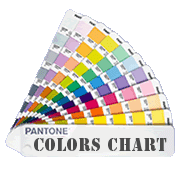Insulation is the phenomenon of reducing the flow of heat, electricity or sound between the inner space and outer space of an object. Most electric appliances use insulation technology like Refrigerators, freezers and Heaters. One of the main applications of insulation is house insulation. Insulation at home helps in saving energy and reducing utility bills. It makes the house more comfortable.
There are many types of insulation available such as Batts and Blankets insulation, loose fill insulation, Cellulosic insulation, Reflective insulations etc. Foam insulation is one of them. Foam insulation is performed by pouring liquid foam from a container.
Foam insulation is convenient to install while constructing the house rather than insulating already built structures. As foam insulation is air tight, it is not generally recommended for attic insulation that should be properly ventilated. Also, Foam insulation is a bit more expensive than batt and blanket insulation.
Foam installation is easy to perform with adequate instruments. They are much more powerful and efficient than Batt and Blanket insulation. They have a higher R value and provide better thermal resistance. Due to their high efficiency, they can be installed even in small spaces. Foam insulation is generally filled in the cavities of walls, floor, roofs etc. Foam insulation also protects the space from moisture condensation. Foam insulation does not shrink or settle. It is fire and insect-resistant.
Spray-on insulation is installed with the material known as polyurethane. Spray foam insulation is used to insulate the walls and ceilings to keep the house warm during cold spells and to keep it cool in summer. Spray Foam insulation is a bit more expensive than Fiber glass insulation. This type of insulation can reduce utility and repair bills as the house is naturally warmer and free from bugs due to the insulation. Spray foam insulation lasts longer than other types. Also, it dos not fall off the wall like fiber glass insulation.























